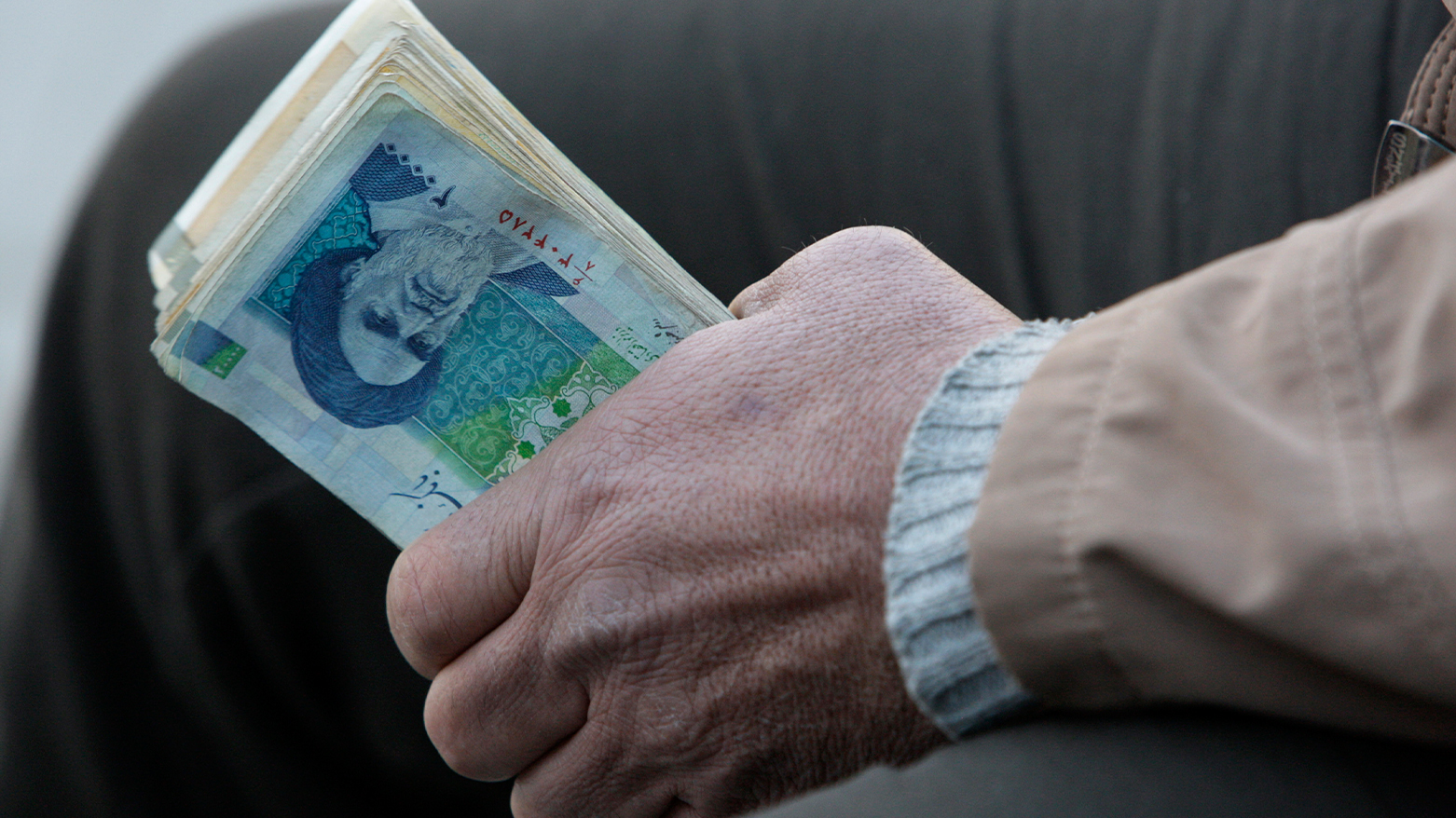10 Million More Iranians Fall Below Poverty Line Amid Persistent Inflation
Minister Hemmati, who was summoned before the Iranian Parliament to address the country’s economic conditions, acknowledged the dire state of affairs. “Anyone who manages the country's economy knows what seven years of continuous inflation has done to 40% of people's livelihoods,” he stated.

ERBIL (Kurdistan24) – Over the past seven years, economic turmoil and persistent inflation have driven an additional 10 million Iranians below the poverty line, according to Abdolnaser Hemmati, the recently dismissed Finance and Economic Minister of Iran. His remarks, delivered during a parliamentary session, highlight the worsening financial crisis affecting a significant portion of the Iranian population.
Hemmati, who was summoned before the Iranian Parliament to address the country’s economic conditions, acknowledged the dire state of affairs. “Anyone who manages the country's economy knows what seven years of continuous inflation has done to 40% of people's livelihoods,” he stated.
However, he warned against excessive scrutiny of the issue, arguing that public debate could play into the hands of adversaries. “You all have information about this, and there is no need to ask for clarification so that the enemy does not rejoice and national interests are not endangered or threatened,” he added.
The Toll of Inflation on Iranian Society
According to the sacked Economy and Finance Minister of Iran, Abdolnaser Hemmati, Iran’s persistent economic challenges, driven by inflation and currency devaluation, have severely impacted the middle and lower classes. "We know what citizens want, but we are forced to work based on our capabilities," he admitted, highlighting the government's limited ability to alleviate the crisis.
Unofficial statistics suggest that approximately 30% of Iran’s population—over 25 million people—now live below the poverty line. The economic situation has deteriorated as Iran grapples with the consequences of international sanctions, mismanagement, and internal political strife.
Iran’s economy has been battered by decades of US-led sanctions, with double-digit inflation significantly increasing consumer prices since Washington withdrew from the landmark 2015 nuclear deal in 2018.
Formally known as the Joint Comprehensive Plan of Action (JCPOA), the agreement had provided sanctions relief and a return of Western investments in exchange for strict limits on Iran’s nuclear activities. However, under former US President Donald Trump, the US reinstated the so-called “maximum pressure” policy, imposing harsher restrictions on Iran while simultaneously calling for new negotiations.
Despite Trump’s return to the White House in January 2025 and his push for renewed diplomatic talks, Iran’s Supreme Leader Ayatollah Ali Khamenei rejected the idea of engaging with the US altogether.
A Partial Drop in Inflation, But Challenges Remain
Despite the grim economic outlook, Hemmati pointed to what he claimed was an improvement under Masoud Pezeshkian’s administration. “This time last year, the inflation rate was 42%, but for this year we have managed to reduce it to 32%,” he noted. While the decline in inflation is seen as a small victory, critics argue that the rate remains alarmingly high and does little to counteract the overall rise in the cost of living.
Iran’s inflation problem is not new. Over the past several years, inflation has consistently exceeded 30% annually, with the World Bank reporting a staggering 44% inflation rate in 2023. The price of goods and services has risen dramatically, forcing many Iranians to cut back on essential expenses and plunging millions into economic hardship.
Economic Uncertainty and Political Repercussions
Hemmati’s statements come just days after his dismissal from the Pezeshkian administration following a no-confidence vote in Parliament. His removal signals growing frustration within Iran’s political establishment over the government's failure to address economic woes. The struggle to control inflation, manage sanctions, and stabilize the national currency remains a major challenge for Pezeshkian’s government.
With millions of Iranians facing worsening economic hardship, pressure is mounting on Iranian leadership to implement urgent economic reforms. As the government continues to navigate financial turbulence, questions remain over whether new policies can provide relief or whether Iran’s economy will remain locked in a cycle of inflation and poverty.